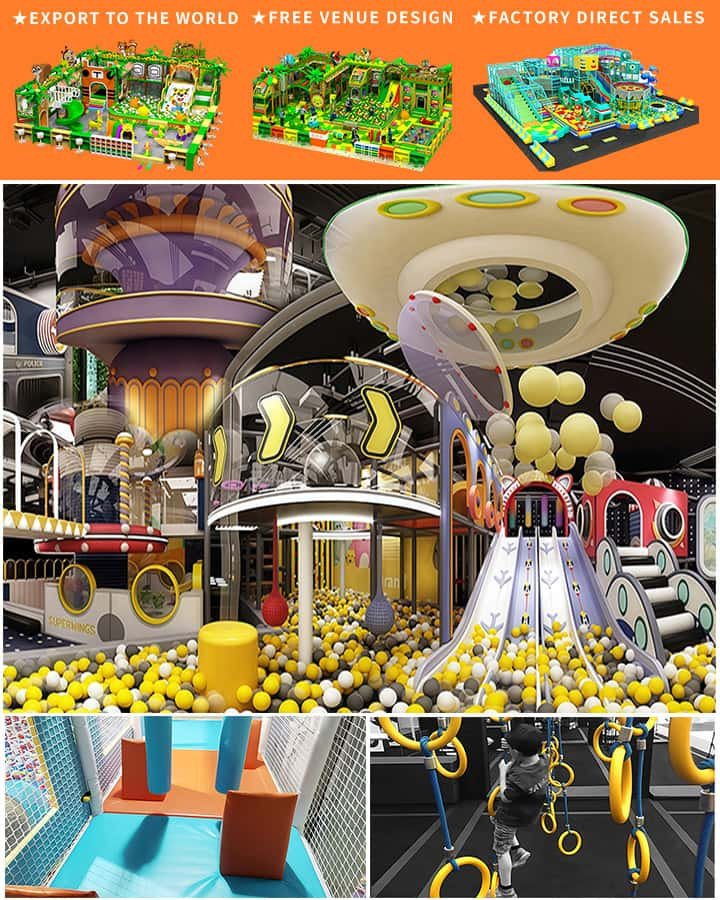Autism Spectrum Disorder (ASD) is a complex neurodevelopmental condition that affects the way individuals perceive and interact with the world around them. While each child with autism is unique, one of the most common traits observed is sensory processing difficulties. These challenges can impact a child’s ability to engage comfortably with their environment and can lead to heightened stress and anxiety. Recognizing this, many therapeutic approaches have been developed to support these children, among which sensory playground equipment has proven to be particularly beneficial.
Sensory playground equipment is designed specifically to provide sensory-rich experiences that can help children with autism manage their sensory sensitivities. Unlike traditional playgrounds, which often focus primarily on physical activity, sensory playgrounds incorporate elements that stimulate multiple senses simultaneously—sight, sound, touch, and even smell. This multisensory approach can be especially effective in calming sensory overload and promoting positive engagement.
One of the key pieces of equipment in a sensory playground is the sensory path. These paths are typically made from different textured materials such as rubber, wood chips, or sand, providing varying tactile feedback as children walk along them barefoot. Some sensory paths also include embedded musical elements like chimes or bells that produce sounds as the child steps on them, combining auditory stimulation with tactile input.

Another popular item is the sensory swing, which provides vestibular and proprioceptive input. Unlike traditional swings, sensory swings come in various shapes and sizes, including those that offer side-to-side motion, spinning, or even up-and-down movement. These swings can help children regulate their body movements and improve their spatial awareness, both of which are often challenging for those with autism.
Bubble tubes are another fascinating piece of equipment found in sensory playgrounds. These vertical tubes are filled with liquid and bubbles that move slowly up and down, captivating children’s visual attention. They provide a soothing and mesmerizing visual experience, helping to reduce anxiety and increase focus. Bubble tubes serve as excellent tools for children who may struggle with chaotic environments, offering a calming and predictable visual stimulus.
Interactive panels, often featuring lights, buttons, and textures, are another essential component. These panels encourage children to explore different sensory experiences through touch and sight. By pressing buttons or sliding their hands over various surfaces, children can see immediate visual changes, which helps in understanding cause-and-effect relationships. This form of interactive play is crucial for cognitive development and can enhance fine motor skills.
For older children, climbing structures with added features like ropes, tunnels, and slides can offer both physical and sensory benefits. These structures challenge coordination and strength while providing varied sensory inputs through textures and movements. Climbing and navigating through these structures can build confidence and independence, crucial aspects for children with autism.
The integration of sensory playground equipment into therapeutic settings offers numerous advantages. It creates an inclusive environment where children with autism can engage more freely, fostering social interaction and peer relationships. Moreover, these playgrounds are not just for children with autism; they can benefit all children by enhancing their sensory processing abilities and encouraging imaginative play.
In conclusion, sensory playground equipment serves as a vital tool in supporting children with autism. By offering a safe, stimulating, and accommodating space, these playgrounds help mitigate sensory processing difficulties and promote overall development. As we continue to understand the diverse needs of children with autism, the importance of well-designed sensory playgrounds will only grow, providing a foundation for learning, growth, and joyful exploration.




